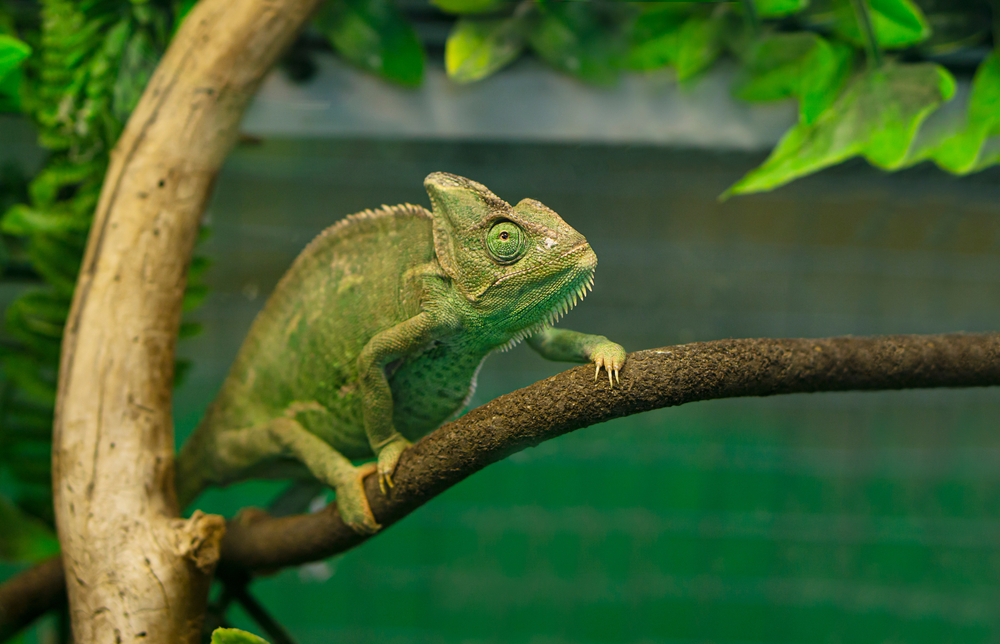
It would be depressing to live in a home with four walls and little else. There are probably many items in your home that make it feel like your favorite place in the world. Some items keep your place comfortable, others make your home beautiful, while others serve an important purpose of keeping you fed or clean. When you stop to think about it, your pet deserves the same thing! That’s why if you have not yet learned about decorations for your reptile cage, you should take the time to do so today.
What Should Decorate the Cage?
The right decorations are more than just superficial. Setting up your pet’s terrarium properly is one of the most important things you can do to care for it in both the short- and long-term. An inappropriately set up habitat can lead to serious side effects, including sickness, unwillingness to mate, and even death. Take the time to decorate your snake, turtle, tortoise, or lizard’s terrarium right.
With the right decorations for your reptile cage, they can enjoy a happy life and you can enjoy your pet for years to come. These include:
- Vine
- Rocks
- Ledgses
- Branches
- Driftwood
- Platforms with Water
- Lounger/ Miniature Hammock
- Plants (Real or Artificial)
- Basking Ramp
- Hideout Cave
Decorating your reptile tank can be a fun experience. With so many different types of decorations out there, you can be really creative in your design. Let your imagination run wild!
Of course, the exact items you will need for your pet depends on the exact species of reptile. For example, a Corn Snake cannot have anything with small holes, as the snake can easily get themselves stuck inside of them. Chameleons do well with a heavily decorated enclosure with ample climbing space, which can be provided by plants and appropriately-sized vines. Don’t worry, Jabberwock Reptiles’s staff is full of experts who can help you with this exact thing. Feel free to call and ask. We can be reached at (781) 729-0135.
Buy Decorations for Your Reptile Cage at Jabberwock Reptiles
Decorations for your reptile cage are more than just something that make your pet’s enclosure look pretty. Decorations like plastic and silk plants, cork bark, and grape vine actually help your pet feel secure, safe, and healthy in their environment. These enrichments make your little guy or gal happy too!
Is your favorite pet’s home looking a little bland? We have everything you need to make your pet feel at home. It is time you create an attractive and natural environment for it. We encourage you to visit our store to browse our selection of quality products that are functional as well as decorative.

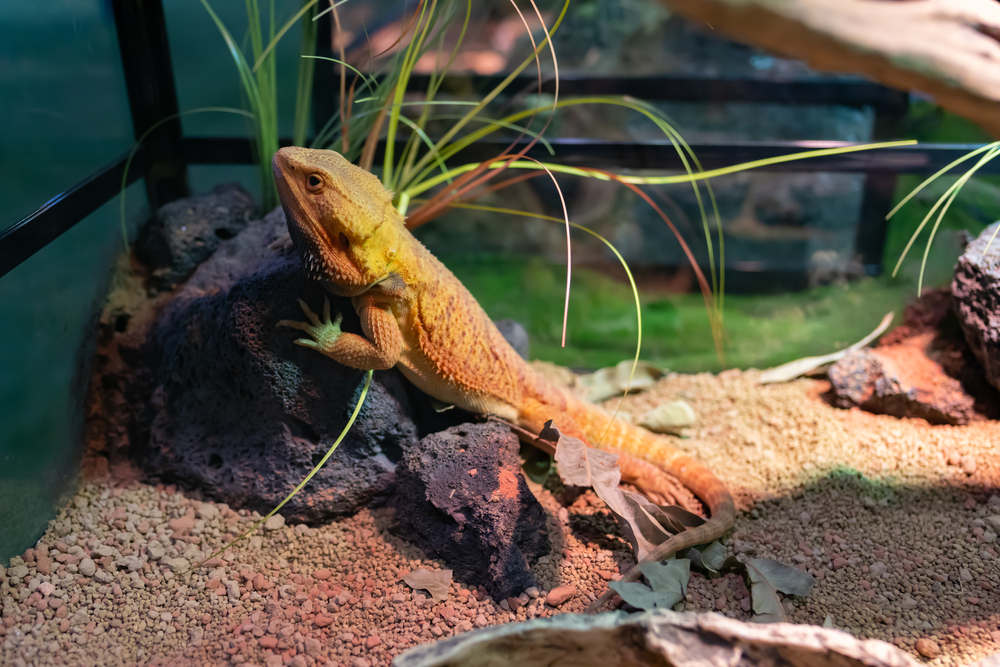
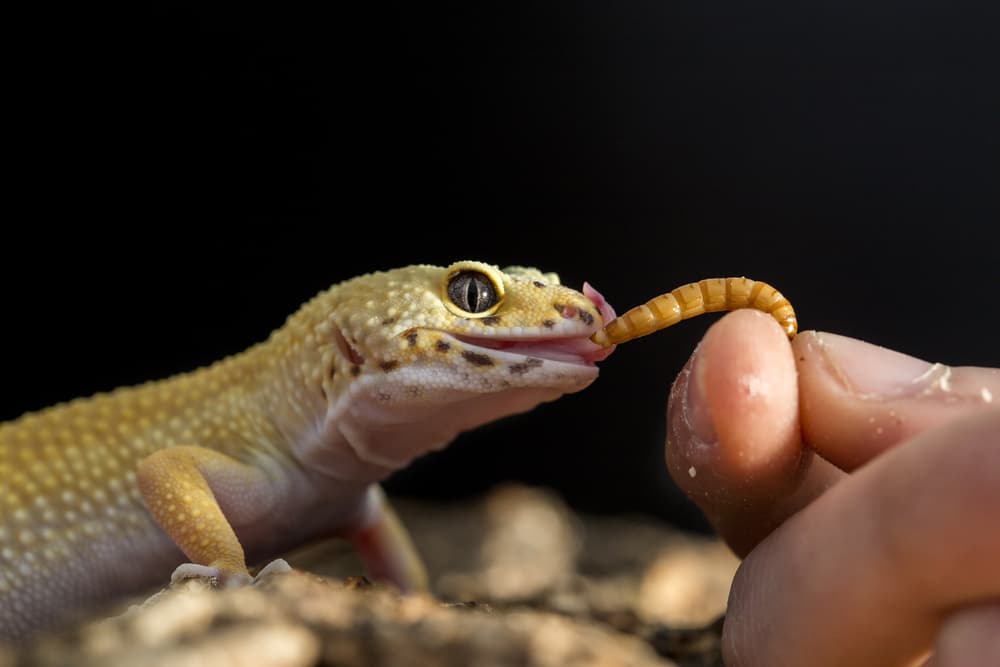
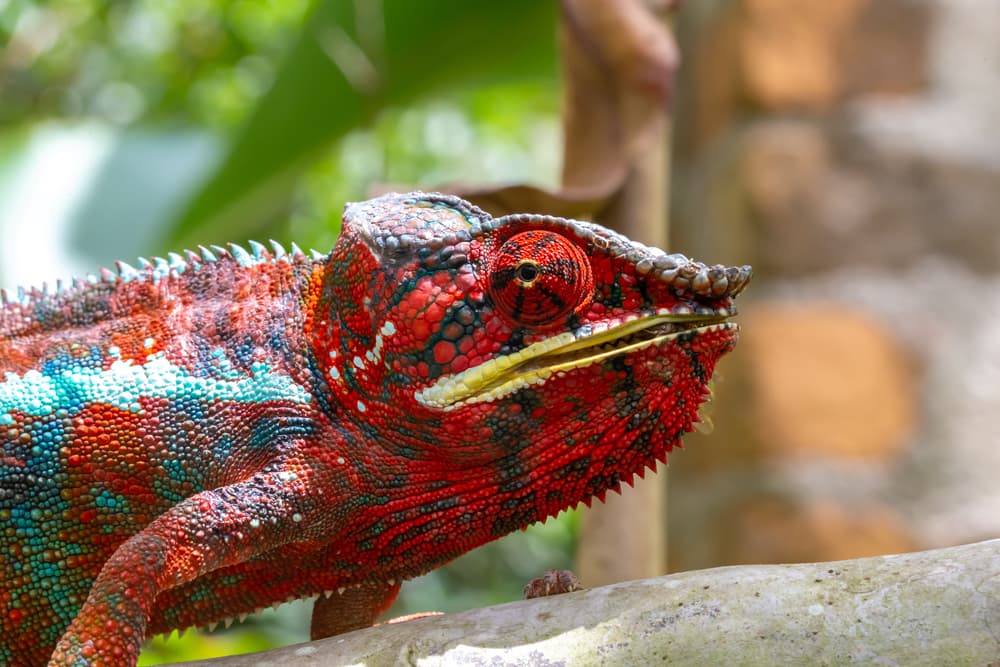
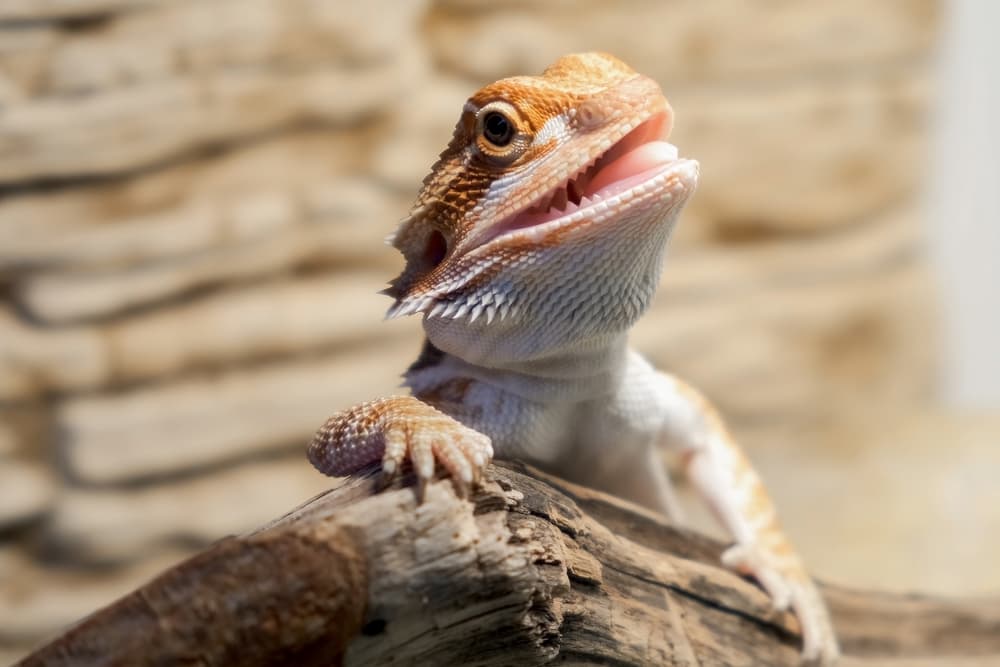
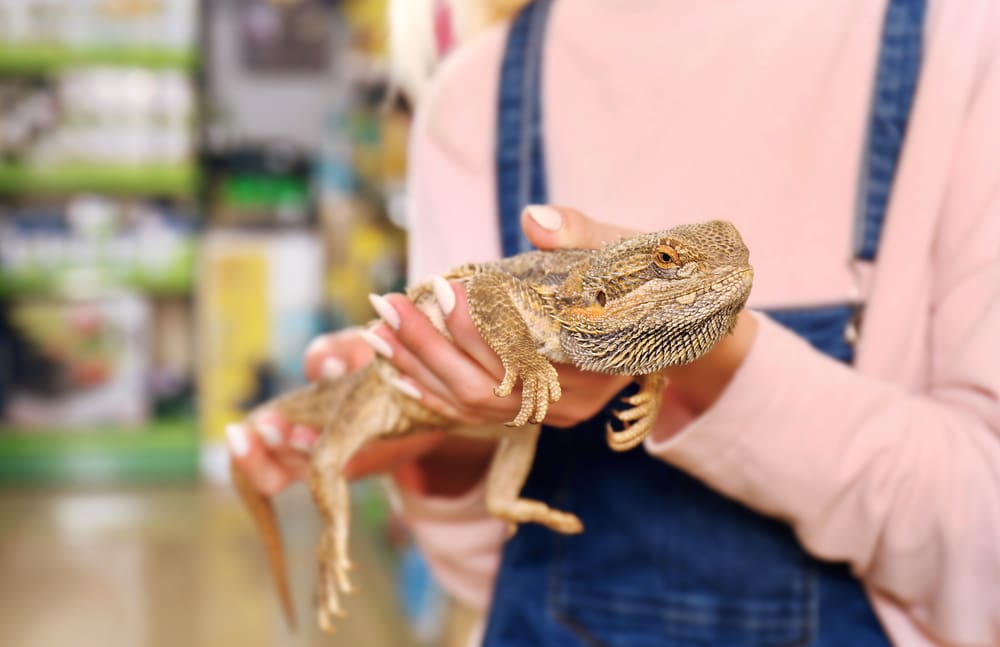
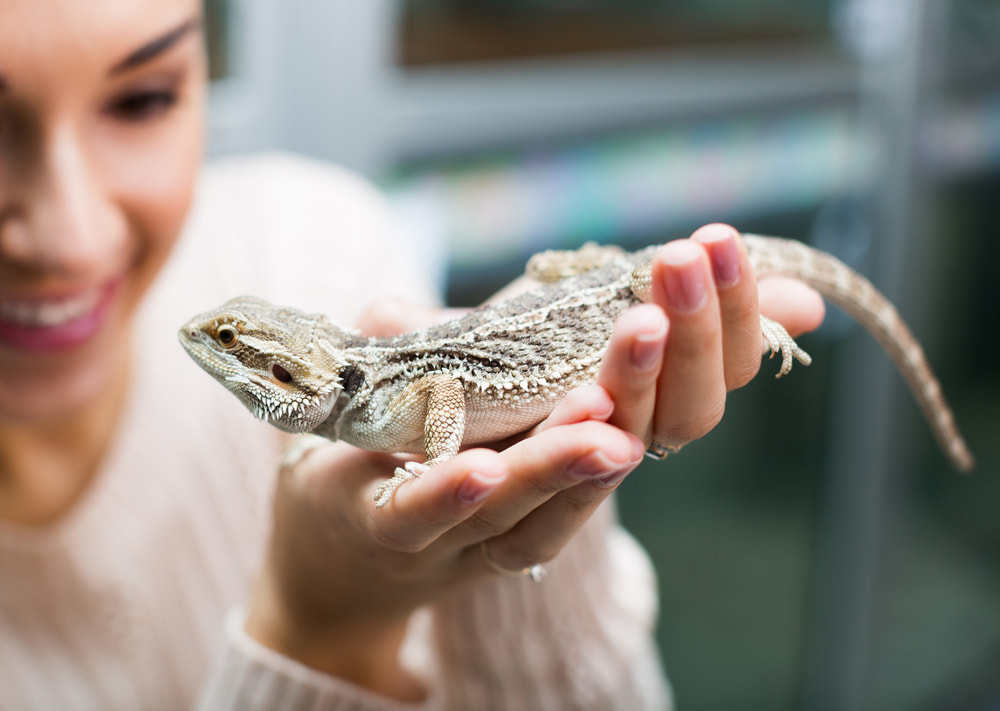
Recent Comments